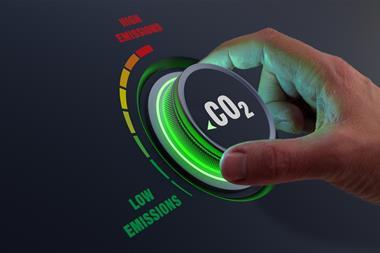Green industries - and their vast supply chains - offers substantial opportunities for those who move fastest
There has never been a better time to invest in the green economy, as a report reveals that green industries – and their vast supply chains – could be worth $10.3 trillion to the global economy by 2050 (in today’s prices). This would be equivalent to more than 5% of the global GDP.
Mitigating climate change is expensive, the report acknowledges. But because of this challenge, policymakers and investors too often conceive of the green transition from a cost perspective.
To quantify the scale of the opportunities, the report instead focuses on the goal of a net zero emissions environment by 2050, as articulated by the International Energy Agency. It has identified three pillars of opportunity that will emerge from the transition to a zero carbon economy.
- First, the disruption caused by a switch to clean energy will create competitive opportunities across all industries. Those businesses that can steal market share by adapting quickly to changing demands, reducing business risk and hiring the most capable talent, will benefit.
- Second, it identifies five major new green markets for carbon-neutral goods and services that will emerge. This includes the direct contribution to GDP of electric vehicles manufacturing, renewable power generation, clean energy equipment manufacturing, renewable fuels and green finance; plus the activity supported across global supply chains.
- Third, placing the planet on this sustainable pathway leads to substantial productivity benefits relative to a world in which climate change has been left unchecked, or poorly tackled.
Size of the commercial prize
Adrian Cooper, CEO of Oxford Economics, said: “As economists, we have to be honest about the fact that mitigating climate change will be expensive. But the transition to a carbon-neutral global economy also presents compelling opportunities.
“This study provides an original perspective on the commercial prize on offer for those enterprises and industries that move fastest and most capably to meet the demands of a greener economy.
“Our hope is that as the world and its political and business leaders look towards another year of progress in advance of next year’s COP Summit, this analysis will provide a constructive contribution to their understanding.”
Brice Richard, Arup Global Strategy Skills Leader, said: “Fear is a compelling reason to act on climate change, but we believe human ambition can be another critical driver of environmental action.
“This report shows the green transition is not a burden on the global economy, but a substantial opportunity to bring about a greater and more inclusive prosperity”
The report, from Arup and Oxford Economics, highlights ways innovation and strategic policy-making can address existential issues for the planet in a way that also builds broad prosperity and social well-being.
Drawing on the work and expertise of climate specialists, economists and sectoral experts, it includes tools that help economic policy decision-makers identify the right green economy opportunities, and maps out the steps required to capture them. They include:
- A new taxonomy for green economic activities
- A framework to identify which opportunities work best for which economies
- A policy action tool for policymakers in different contexts




















No comments yet